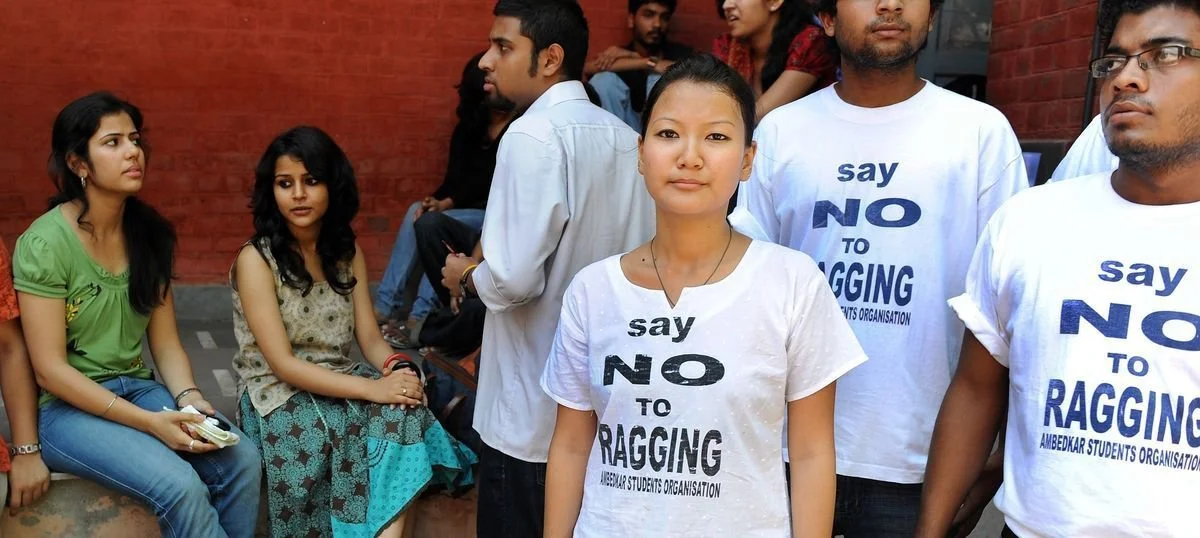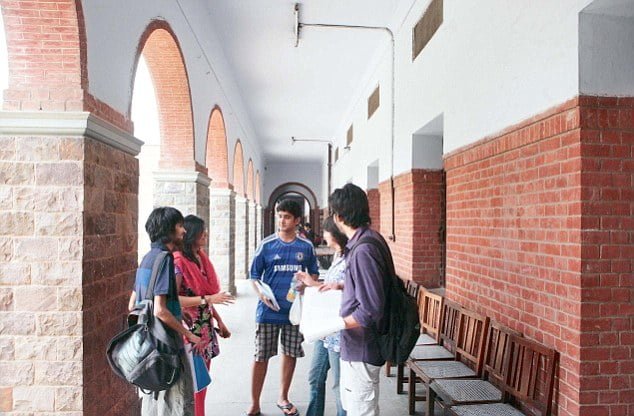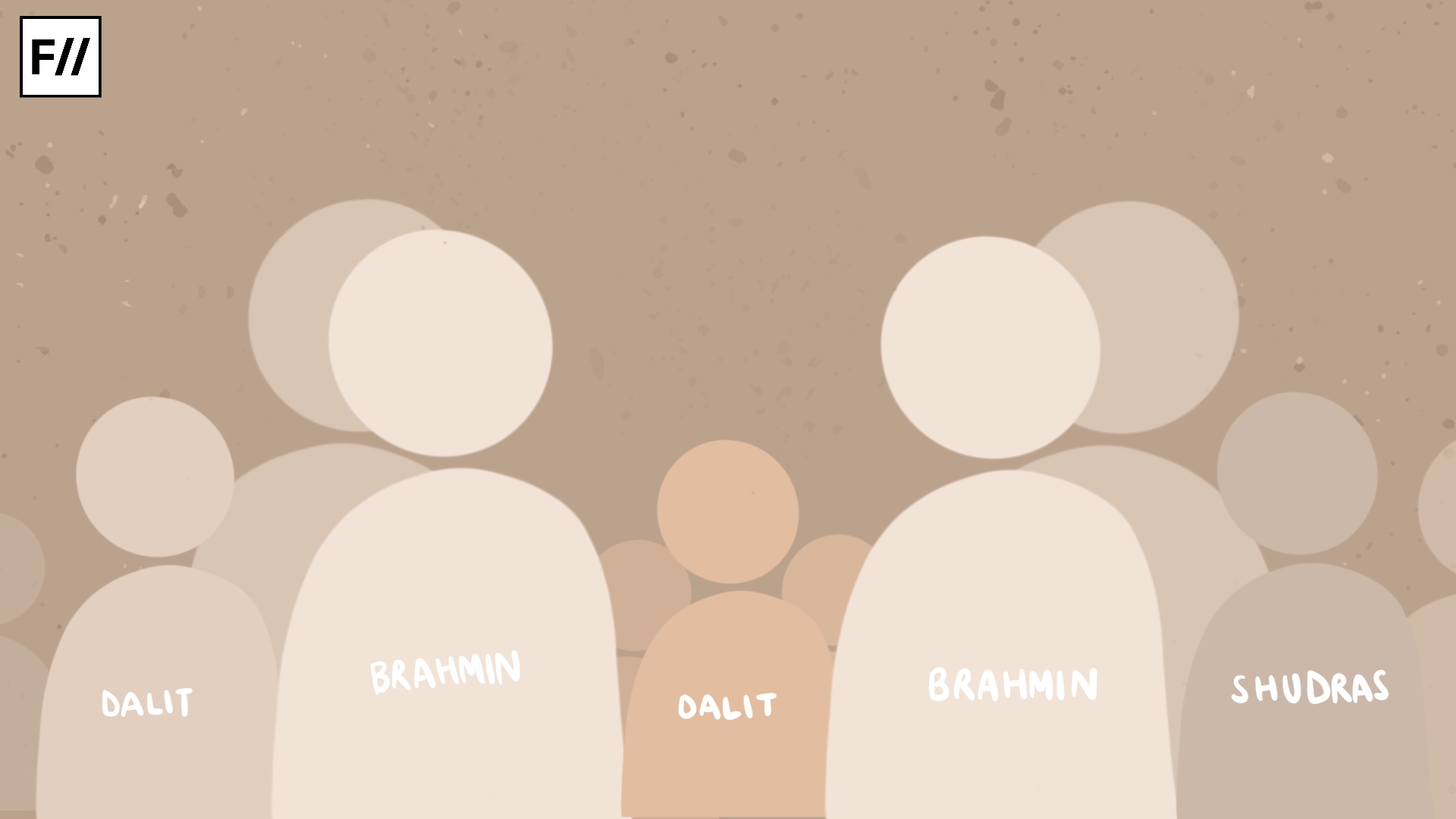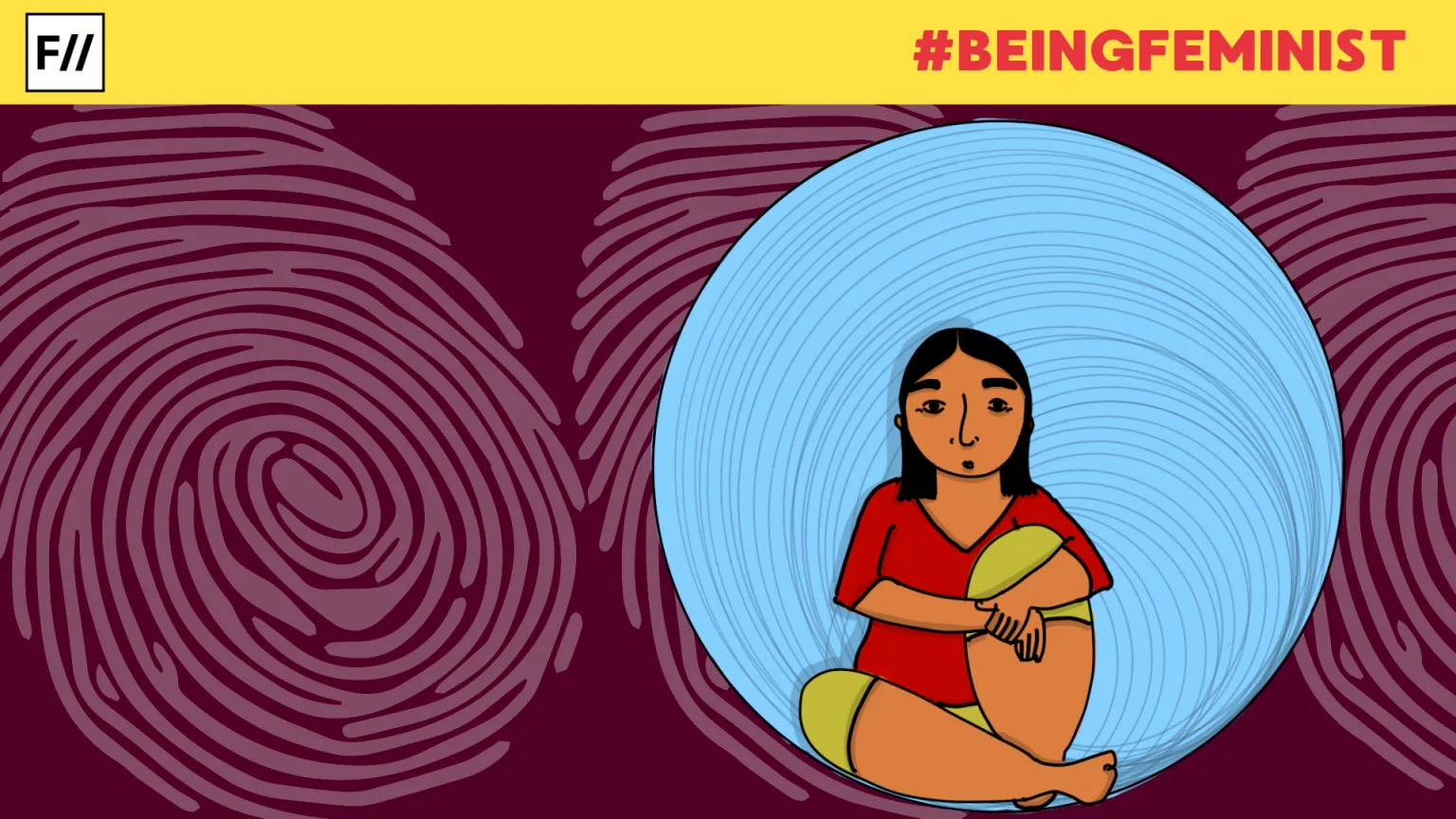On February 18, Kerala woke up to a heart-wrenching incident, a story that encapsulates the darkest corners of what should be the safest places for our youth. J S Sidharthan, a bright 20-year-old student with aspirations in BVSc and Animal Husbandry, became the tragic protagonist of this narrative when he was found dead in the Pookode Veterinary University college men’s hostel washroom.
On February 18, Kerala woke up to a heart-wrenching incident, a story that encapsulates the darkest corners of what should be the safest places for our youth.
According to reports, Sidharthan was found hanging, a report of suicide that was initially filed as a case of unnatural death. However, further investigations and a postmortem examination revealed a story of unimaginable cruelty that he endured in the days leading to his tragic demise.
This incident compels us to face the harsh truths concealed within the confines of institutions designed to foster young intellects, rather than shatter them. This begs a question that is yet to be answered: How many more hidden stories of suffering must come to light before effective measures are taken to ensure the safety and well-being of our youth in educational settings?
What happened to Sidharthan? What led to the tragic incident?
According to eyewitness accounts from fellow students, as reports state, Sidharthan endured a harrowing ordeal of mob trial, vicious assault, and severe mental torture in the days leading up to his tragic demise. Reports suggest that between February 14 and February 18, he was subjected to merciless torture, including being forcibly paraded naked before approximately 130 hostel students and enduring physical attacks.
The sequence of events leading to Sidharthan’s untimely death reveals a disturbing pattern of aggression and intimidation. It is reported that his participation in a Valentine’s Day program on campus, where he danced with seniors, sparked animosity among a group of students. On February 16, Sidharthan, en route to his hometown in Thiruvananthapuram, received a call from a senior instructing him to return to the campus. Upon his return, he was subjected to a brutal assault in front of over 100 students, highlighting the prevalence of mob mentality and unchecked violence within the university environment.
The post-mortem examination further confirmed the extent of Sidharthan’s suffering, with injuries and bruises found all over his body, including his head, neck, jaw, and back.
The post-mortem examination further confirmed the extent of Sidharthan’s suffering, with injuries and bruises found all over his body, including his head, neck, jaw, and back. These injuries, determined to be two or three days old, suggested a sustained period of physical abuse preceding his death, possibly inflicted by heavy objects. Despite the conclusive evidence of torture, the cause of death was determined to be hanging.
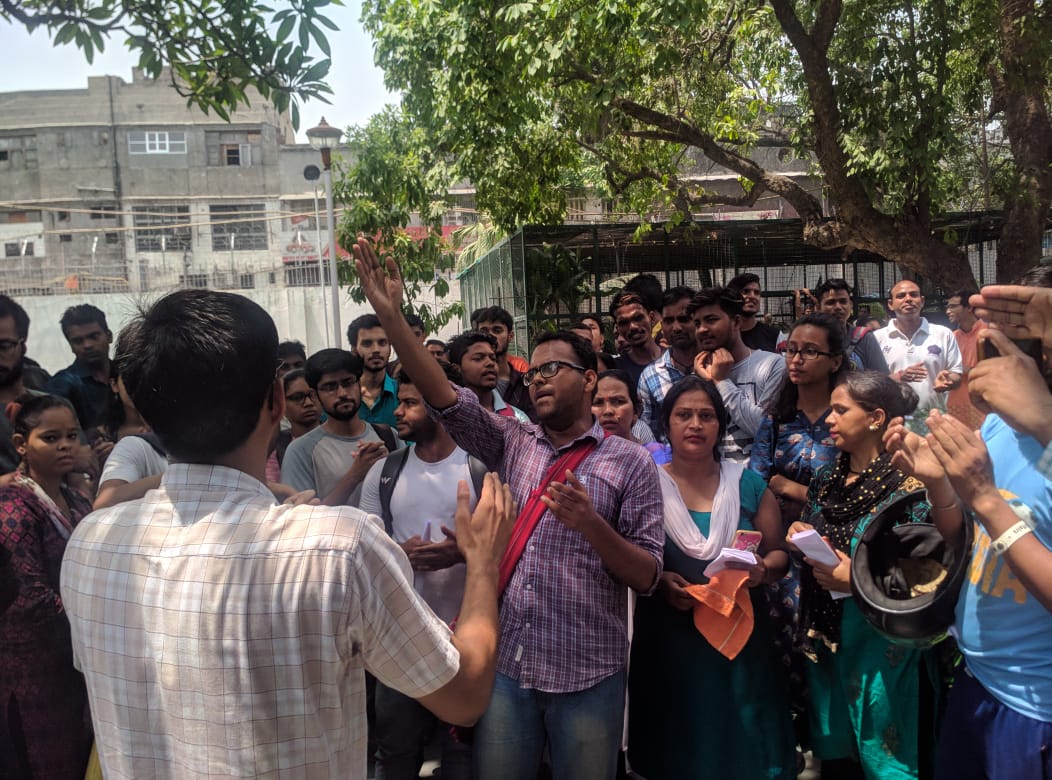
As per reports, the apprehension of seven individuals in connection with the incident reflects a solemn acknowledgement of the severity of the circumstances surrounding J S Sidharthan’s passing. Charges, including abetment to suicide and violations of anti-ragging legislation, signify a commitment to address the deeply troubling events with the sensitivity and gravity they demand, as the community mourns the loss of a promising young life.
Campus politics, harassment, and the pursuit of a safe educational environment
In the wake of recent events, the discourse around campus politics and authoritarianism takes centre stage, beckoning a reevaluation of the role universities play in fostering political neutrality. Amidst the tragedy that unfolded at the Kerala Veterinary College, the broader conversation delves into the intricate balance between academic freedom and ideological impartiality.
As the corridors of higher education echo diverse voices and ideologies, the spectre of authoritarianism looms large, challenging the very essence of intellectual discourse. The incident serves as a stark reminder of the delicate tightrope walk universities must undertake in navigating campus politics without compromising the principles of democracy and free expression.
According to a report, the police officer stated, ‘There is no evidence to suggest that the crime was carried out by any particular student organisation. There is no need for me to link the incident to any political organisation,’ to media persons. Amidst this, Sidharthan’s father, Jayaprakash, made grave accusations against the ruling CPM, asserting that the party was shielding the main suspects. ‘None of the primary accused have been taken into custody yet, as they seem to be receiving protection from the party. My son often mentioned that SFI activists, many of whom were seniors, were involved in drug activities on campus. I urged him to steer clear of such individuals,’ he lamented. Earlier, the police had arrested six individuals in connection with the case, including three SFI activists, stated the report.
Campus killings have sadly become all too familiar in Kerala. Each tragic loss is met with protests and temporary measures, but the memory fades for many.
Campus killings have sadly become all too familiar in Kerala. Each tragic loss is met with protests and temporary measures, but the memory fades for many. Yet, for the parents and loved ones of the deceased, the pain remains forever etched in their hearts. They are the ones left to carry the burden of grief and lifelong tears, mourning the sudden and irreparable loss of their children. One cannot turn a blind eye to the pressing questions that arise in the wake of such incidents. Shouldn’t colleges be dedicated to nurturing atmospheres imbued with love, brotherhood, and mutual respect among students?
The realisation that instances of violence, even resulting in tragic loss of life, often involve student movements is profoundly disheartening and prompts deep reflection. One is compelled to ponder whether resorting to such extreme measures truly resonates with the lofty ideals these groups purport to embody. Isn’t it high time for members to engage in introspection, questioning whether there exist more constructive avenues to champion their cause on campus?
How safe are students on campus?
For many parents, the decision to send their children away to college is fraught with a mix of anticipation and trepidation. It is a leap of faith, rooted in the belief that educational institutions will serve as nurturing environments, fostering growth, learning, and character development.
As parents grapple with feelings of unease and uncertainty, they are left to ponder the profound question: How can we ensure that our educational institutions not only impart knowledge but also safeguard the physical and emotional welfare of our children? It is a question that demands not just answers but concrete actions aimed at fostering environments of care, empathy, and accountability within the educational landscape. Only then can parents truly rest assured that their children’s journey towards a brighter future is anchored in safety, security, and genuine concern for their well-being.
As such incidents make us confront the stark realities of campus politics, harassment, and ragging, the urgency for action becomes immediate when the alarming statistics of institutional deaths are rising. It is the need of the hour as institutions are now tasked with a pivotal role in safeguarding student safety and well-being. The call for proactive measures reverberates, demanding a swift and decisive response to protect our students. By nurturing a culture steeped in empathy, respect, and accountability, we lay the groundwork for an educational landscape where every student feels valued and supported.
Yet, the question remains: Will our collective efforts be enough to counteract this pervasive threat? It is only through unwavering dedication and united action that we can dare to transform this alarming reality into one of hope and progress. Only if society, along with the authorities and powerhouses rally together, without intertwining the political affiliations in between the educational environment can we ensure that every student can embark on their educational journey with unwavering confidence and security.
